Fall Wildflowers For Late Season Color

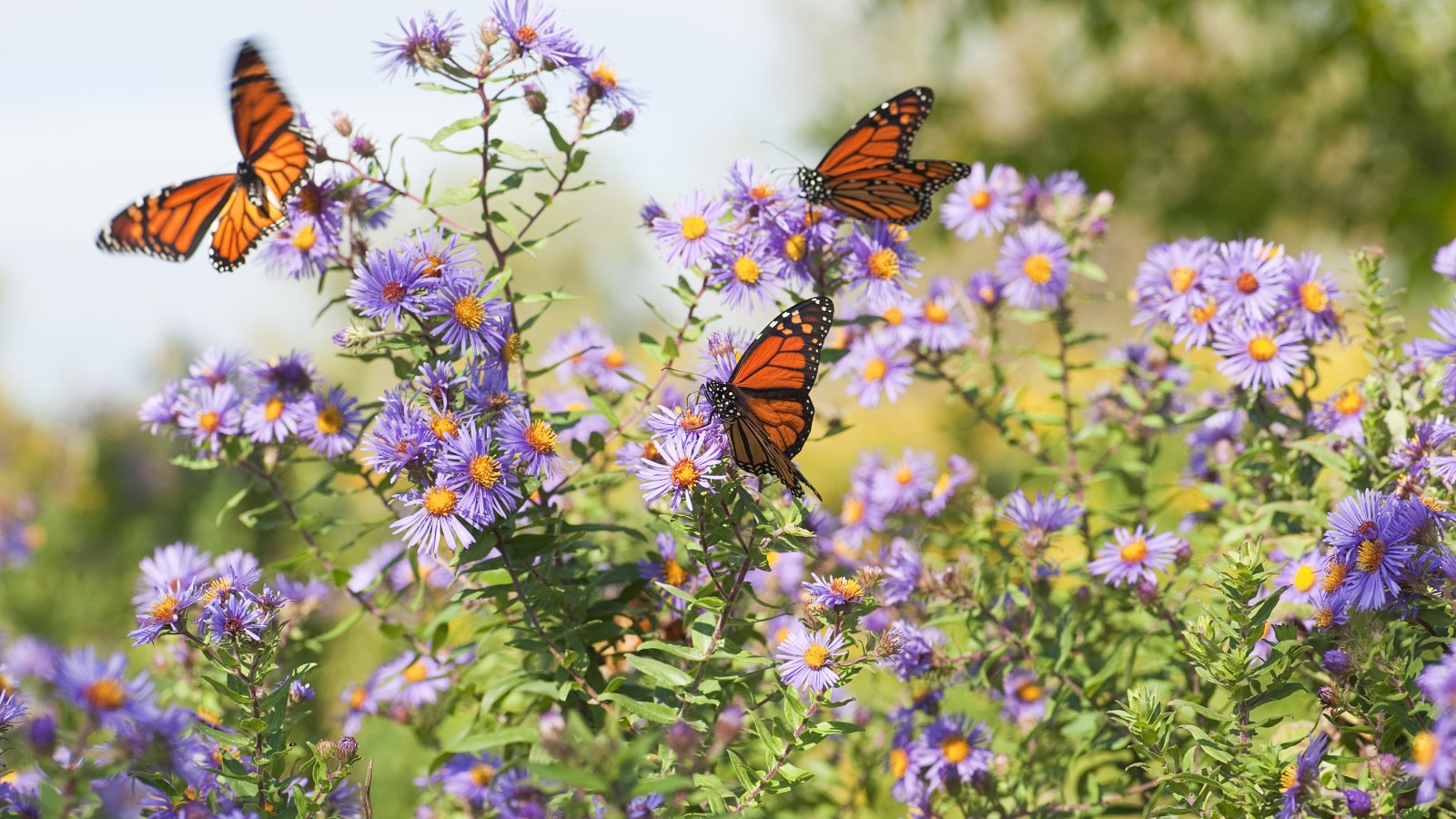
Wildflowers are natural, romantic, and the perfect addition to a native garden. Select species native to your area to support the ecosystem and ensure you get a range of bloom times. For fall blooming native perennials, you have plenty of gorgeous options.
Why Plant Wildflowers for Fall?
There are many good reasons to choose wildflowers for the garden. As long as you stick with species native to your area, you’ll be providing a space beneficial to wildlife, including pollinators.
A wildflower garden or bed typically requires less maintenance than other types of gardens. After all, wildflowers by definition grow readily and without human intervention.
As for fall wildflowers, these are important for maintaining continuous blooms in the garden. An ideal wildflower area will have species that produce flowers in spring, summer, and fall. This gives you changing colors and blooms throughout the entire growing season.
Autumn Wildflowers for Your Garden
The best wildflowers for a garden vary depending on location and native species. These are examples of fall-blooming plants native throughout or in specific areas of North America:
Tickseed sunflower
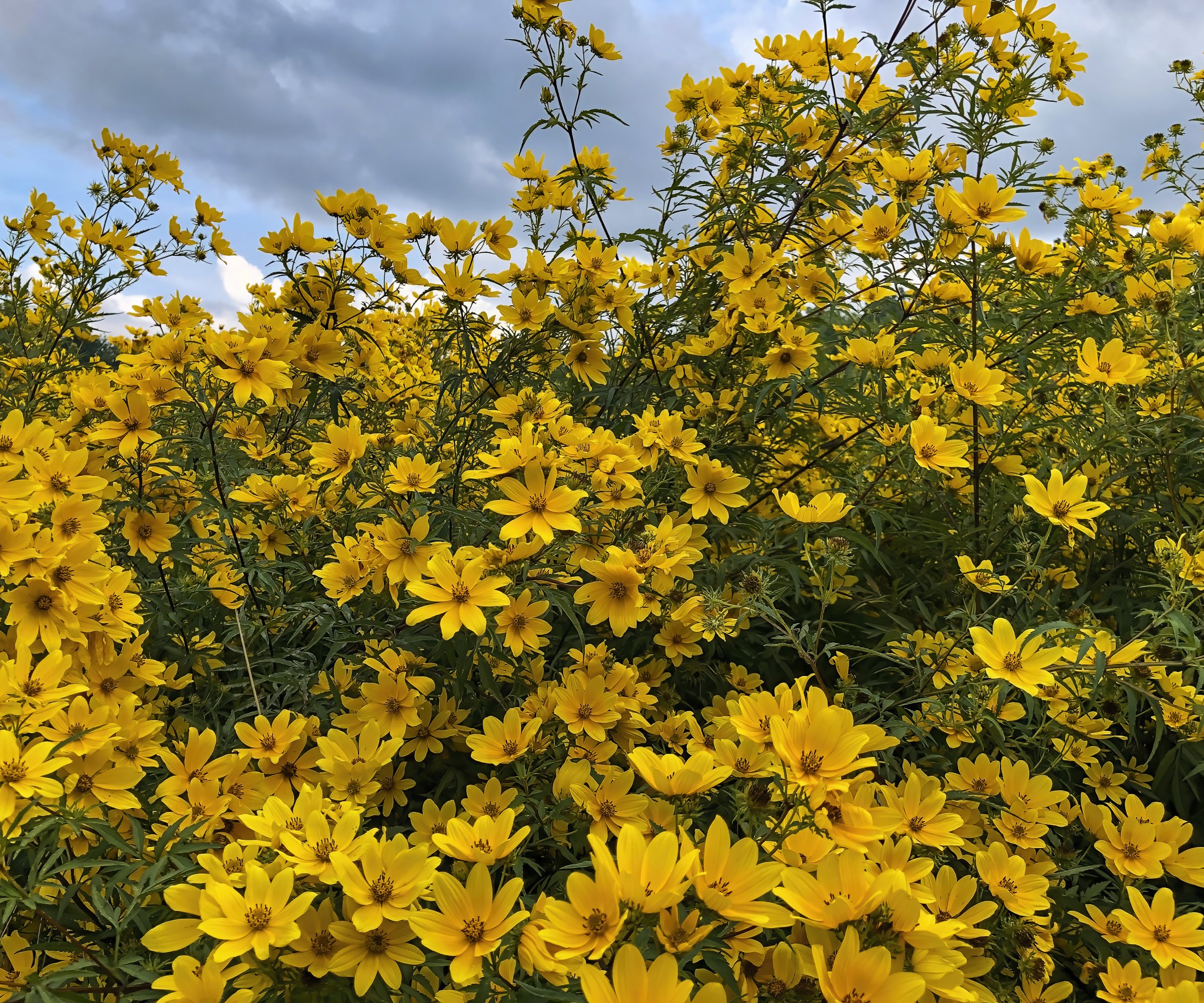
Among yellow fall wildflowers, this is a stunner. Tickseed sunflower fills fields and meadows in the autumn with a cheerful golden color. As a member of the Aster family, this flower resembles a daisy and blooms from August through October. It grows in many areas and is well suited to moist soils.
Black-eyed Susan

This classic wildflower is a favorite of many gardeners. Black-eyed Susan produces yellow, daisy-like flowers set against a dark center. They bloom in August and September.
Sign up for the Gardening Know How newsletter today and receive a free copy of our e-book "How to Grow Delicious Tomatoes".
Goldenrod

Another yellow fall flower, goldenrod is actually many species. They are commonly seen in disturbed areas and meadows. They have feathery golden flower spikes beloved by pollinators, including the endangered monarch butterfly. Don’t assume goldenrod will give you an allergic reaction. It has long been the fall guy for ragweed, which blooms at the same time.
New England Aster

This is a classic fall native. While many autumn flowers burst forth in golden shades of yellow and orange, New England aster provides a counterpoint of cool blue and purple. The flowers are daisy-like with thin petals and bloom between August and October. They need full sun and soil that is moist but drains well.
Cosmos

These are some of the most stunning of colorful fall wildflowers and are native to southwestern states and Mexico. The delicate, daisy-like blooms can be yellow, orange, red, pink, or white. Cosmos adapts to many environments, even outside of their native range.
Joe-Pye weed
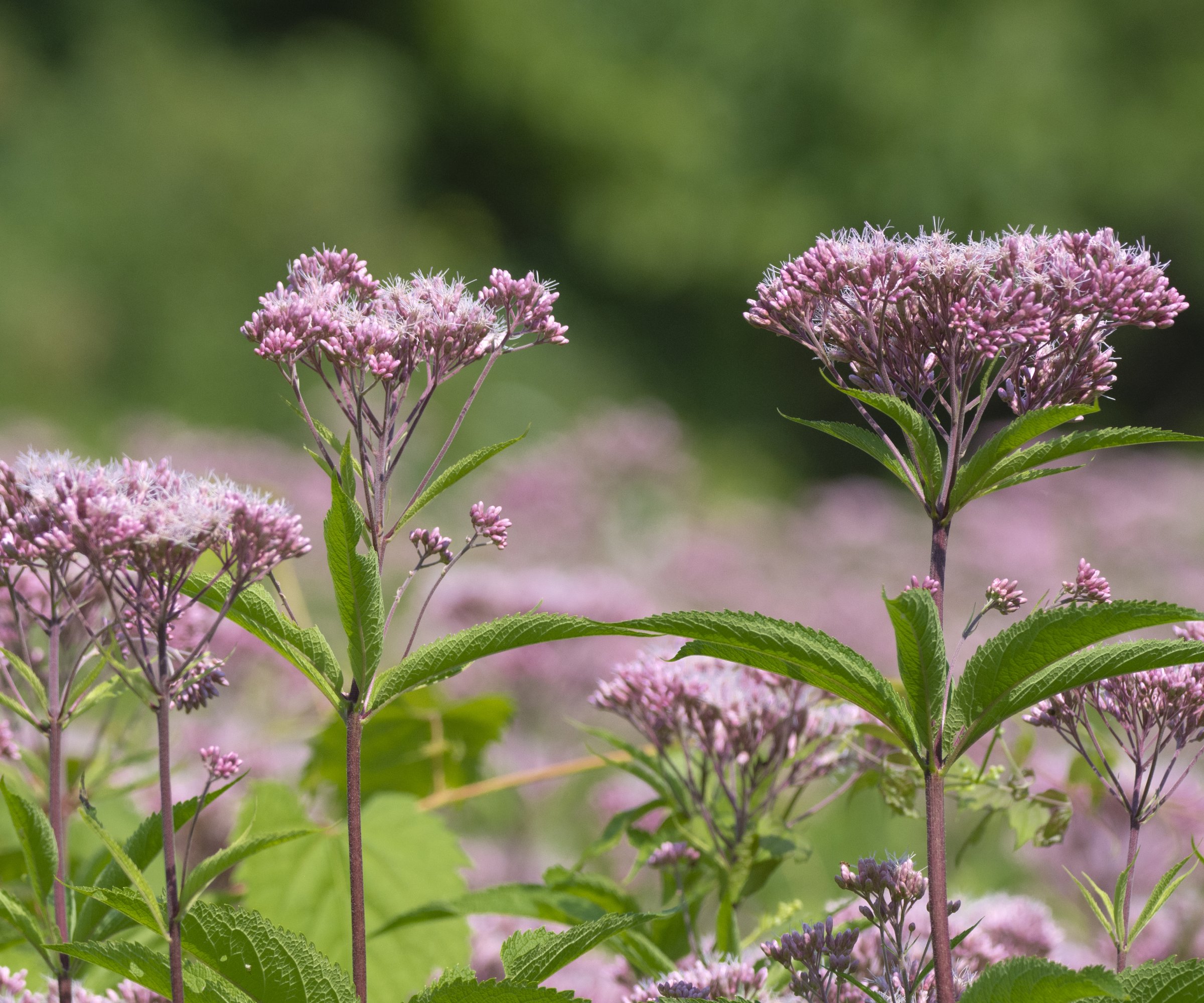
This is one of the tallest of wildflowers native to North America. It can grow up to 7 feet (2 m.) tall and is a great backdrop for other native flowers. The flowers of Joe-pye weed are small and grow in clusters at the top of the tall stems, attracting pollinators, especially butterflies, and giving off a delightful scent.
Closed bottle gentian
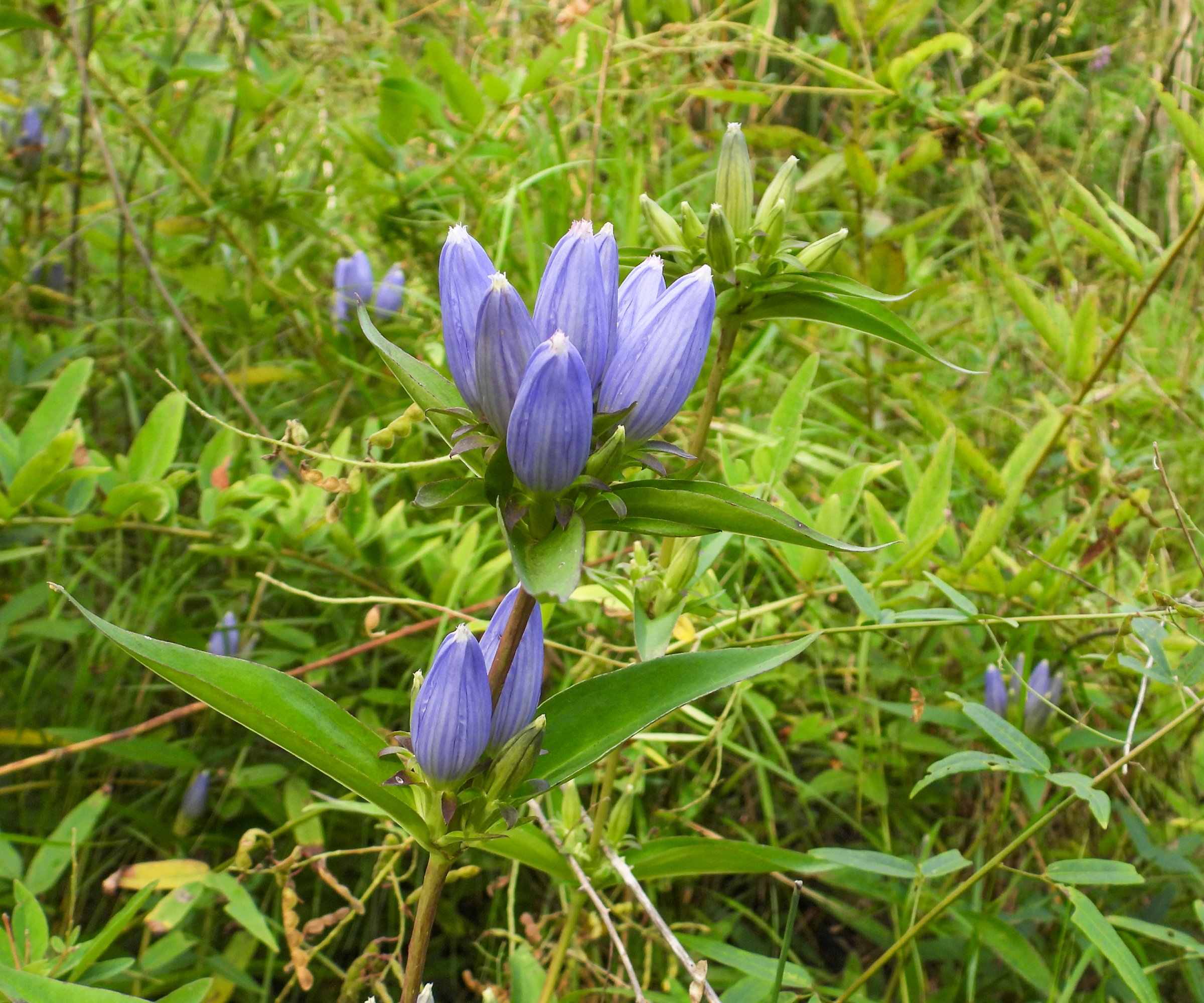
These purple fall wildflowers are native to the northeastern U.S. and Canada and are found in flood plains and swampy areas. Closed bottle gentian is a showy fall wildflower, with closed flower clusters in deep purple, and occasionally white. The unusual flowers appear in August through October.
Turtlehead

Different species of turtlehead bloom at different times. Many produce their snapdragon-like flowers in late summer and into fall, including red turtlehead. This low, clumping perennial likes boggy areas but can also grow in partial shade with moist soil.
Sneezeweed
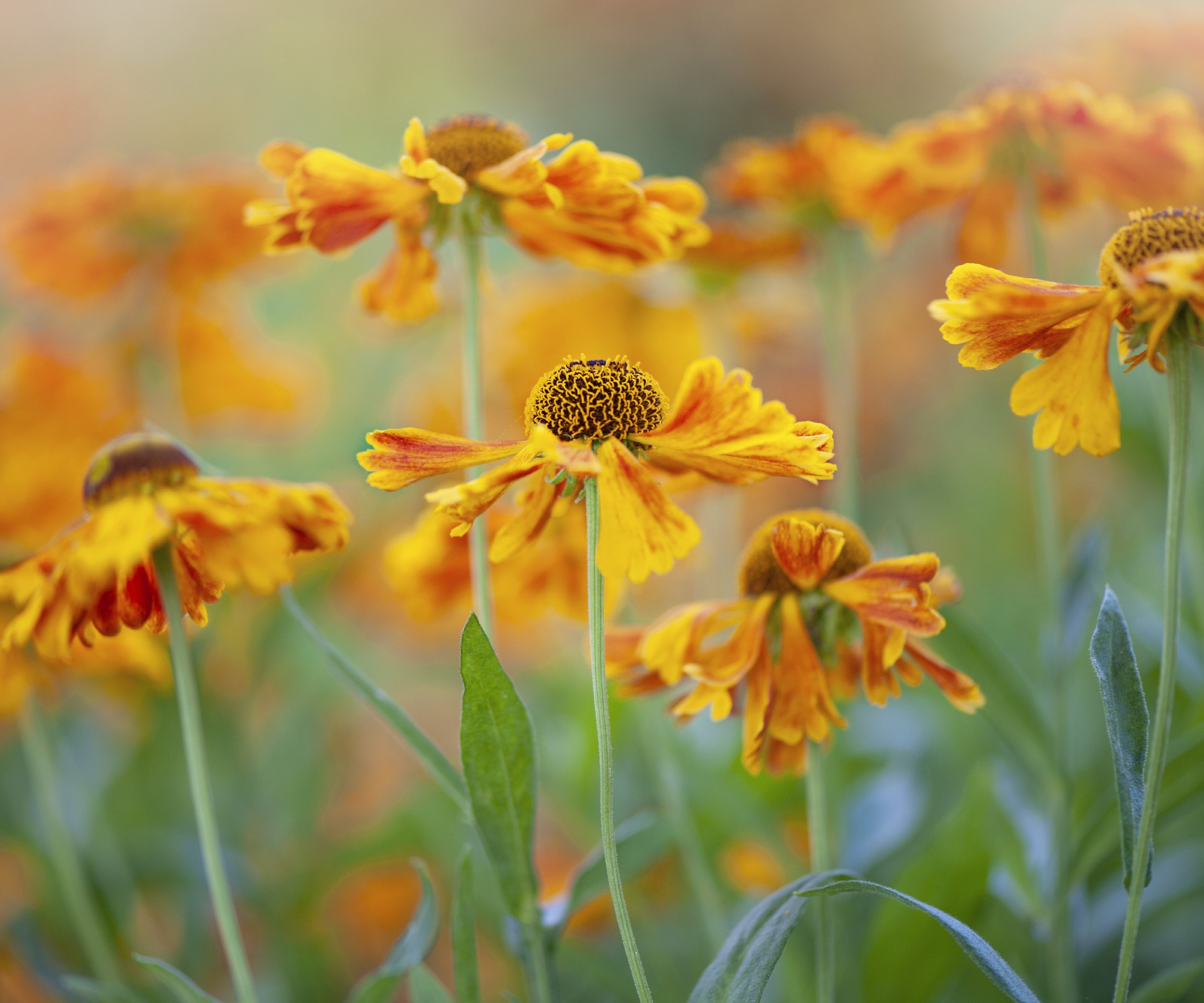
Although it has an unpleasant name, sneezeweed is gorgeous. It produces late-summer and early-fall blooms in striking patterns of orange, yellow, and red and is native throughout the 48 states and most of Canada. Look for different species of Helenium to get a range of colors and patterns.
Sunflower

We tend to think of sunflowers as purely cultivated species, but there are many native types that bloom throughout North America in fall. They vary by height and flower size. Look for narrow-leaf, Maximillian, ashy, western, and swamp sunflowers.

Mary Ellen Ellis has been gardening for over 20 years. With degrees in Chemistry and Biology, Mary Ellen's specialties are flowers, native plants, and herbs.